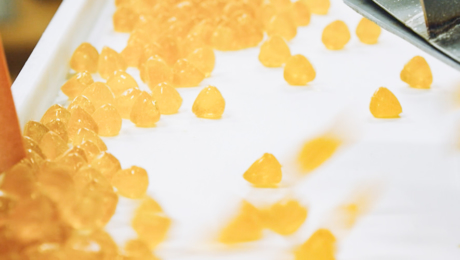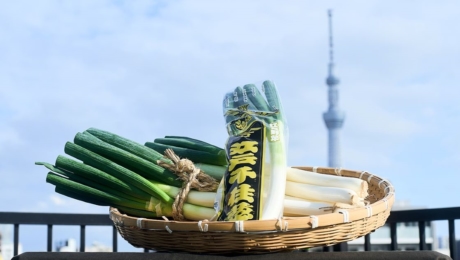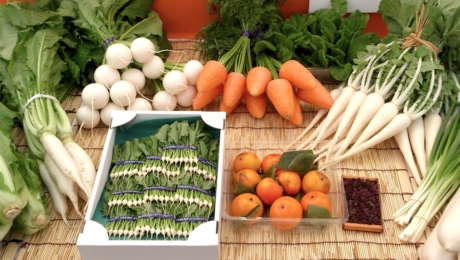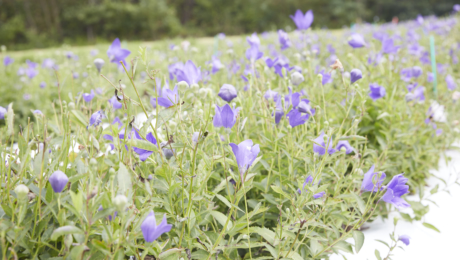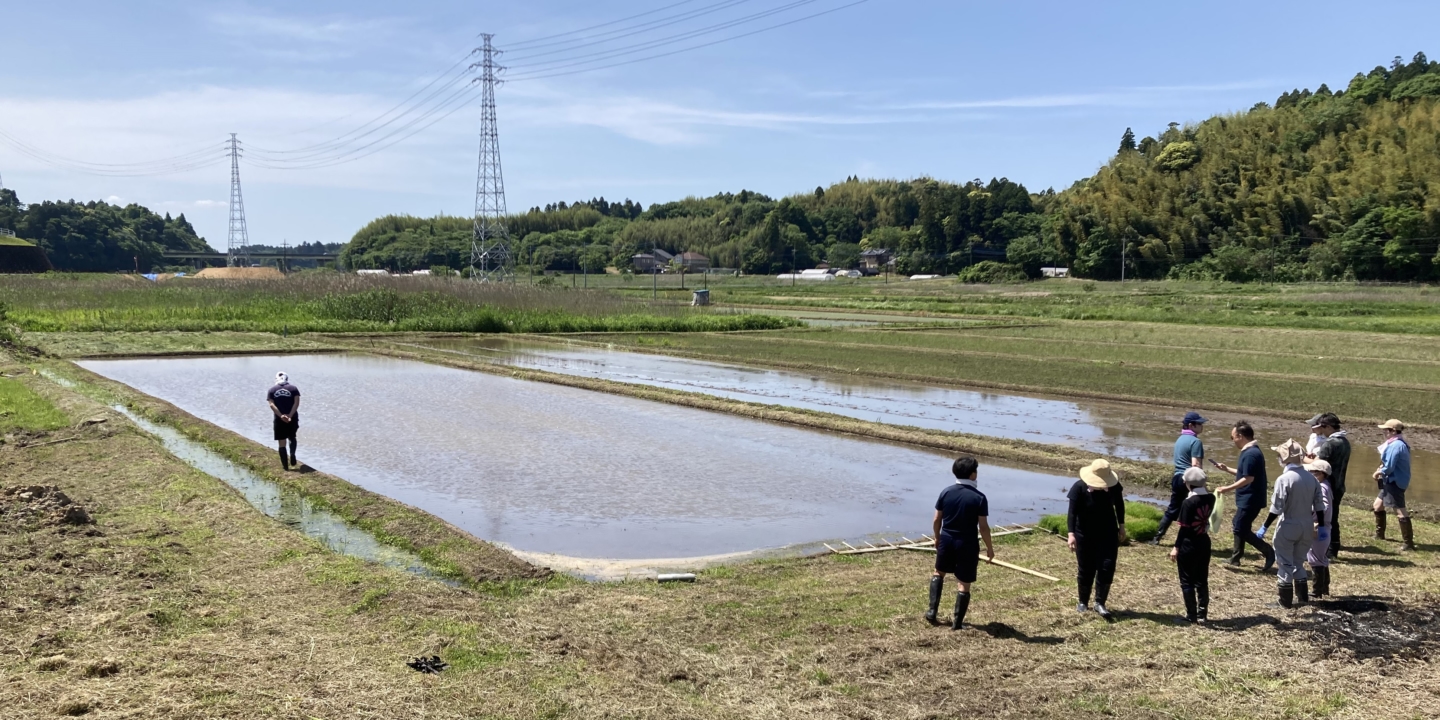
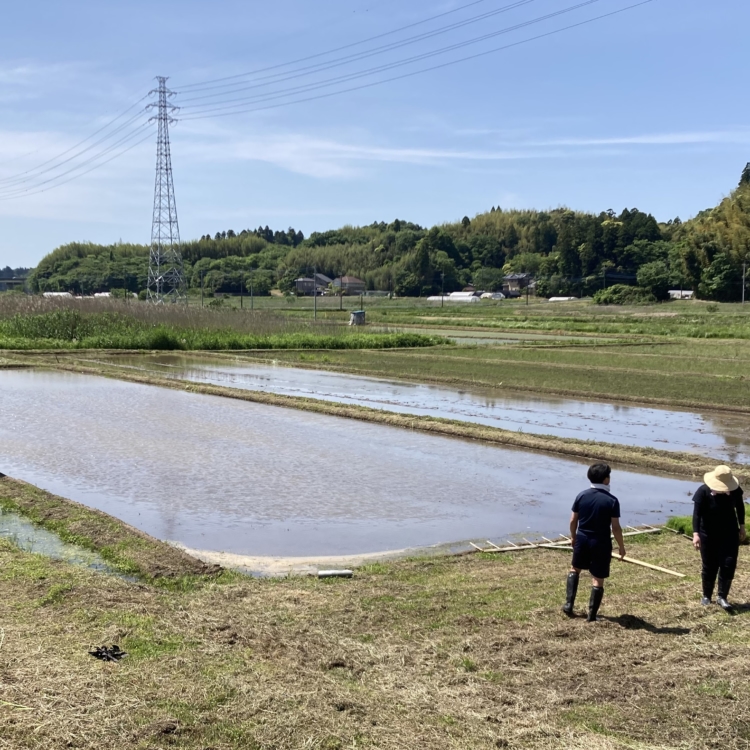
Eitaro Sohonpo, Where Confectionery Making Begins with Employees in the Rice Fields
2024.07.25
FOODFor over 200 years since its founding, Eitaro Sohonpo has garnered loyal customers across generations for its products, such as Nadai Kintsuba (round, golden sword-guard-shaped confections), “Umeboshi-ame candy (looked like a pickled Plum)”, and Tamadare (wasabi-flavored confection). With the philosophy that “taste is in kindness,” the company is meticulous in selecting ingredients and perfecting the manufacturing process, putting delicious taste and quality first in its confectionery making.
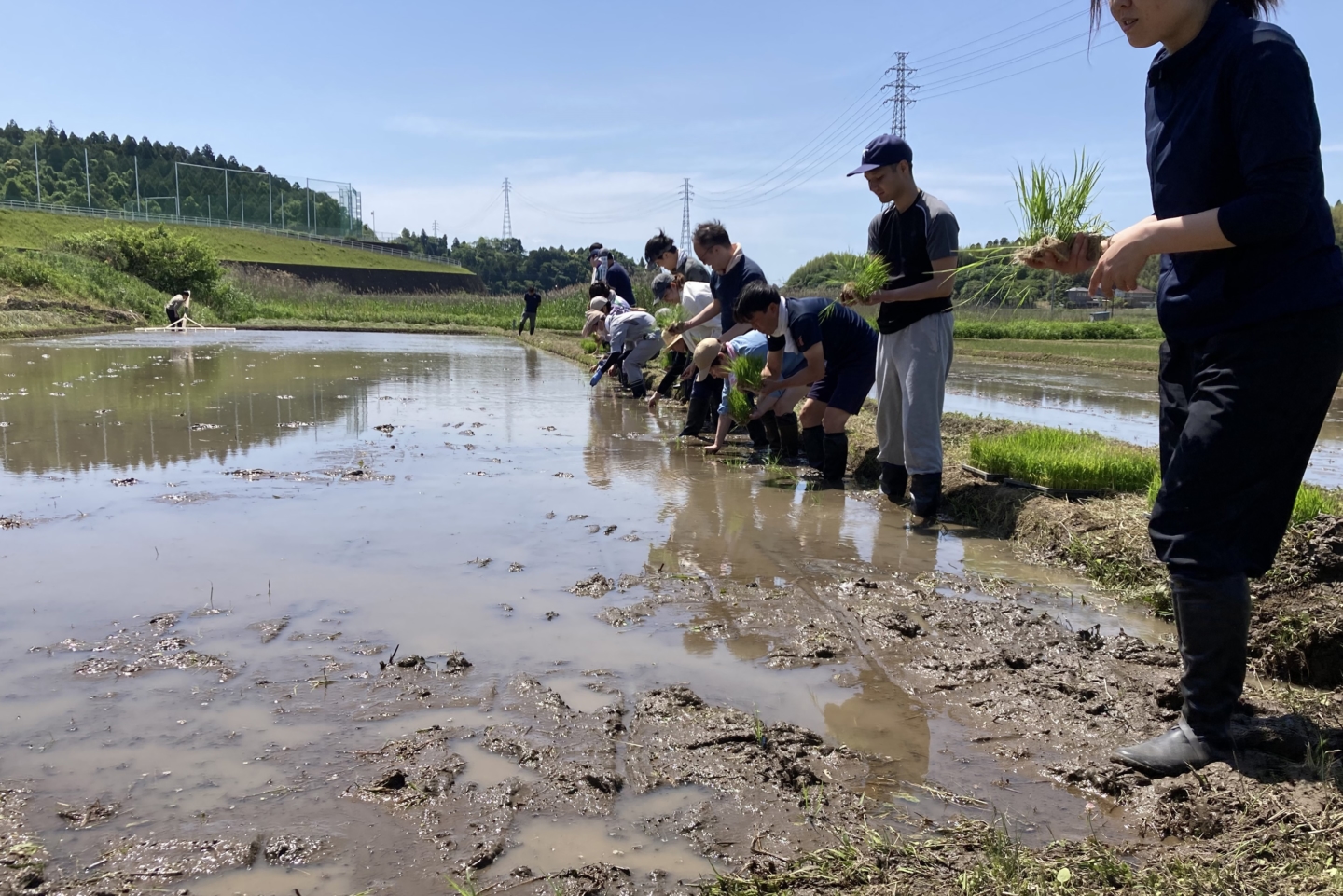
Among the ingredients carefully selected by Eitaro Sohonpo is Mangetsumochi, a type of rice used in mochi sweets such as Daifuku. Its employees experience every step of rice farming, from planting and weeding to harvesting, returning to the roots of confectionery making. Eitaro Sohonpo’s shared values with Okagesama Farm, in Chiba Prefecture’s Narita City, which also emphasizes food safety and the pursuit of deliciousness, led to the agreement of a farming contract between the two. Driven by the desire not only to procure but also to cultivate and harvest their own ingredients, Eitaro Sohonpo rents a rice field from the farm and engages in the entire process, from planting to harvest, each year.
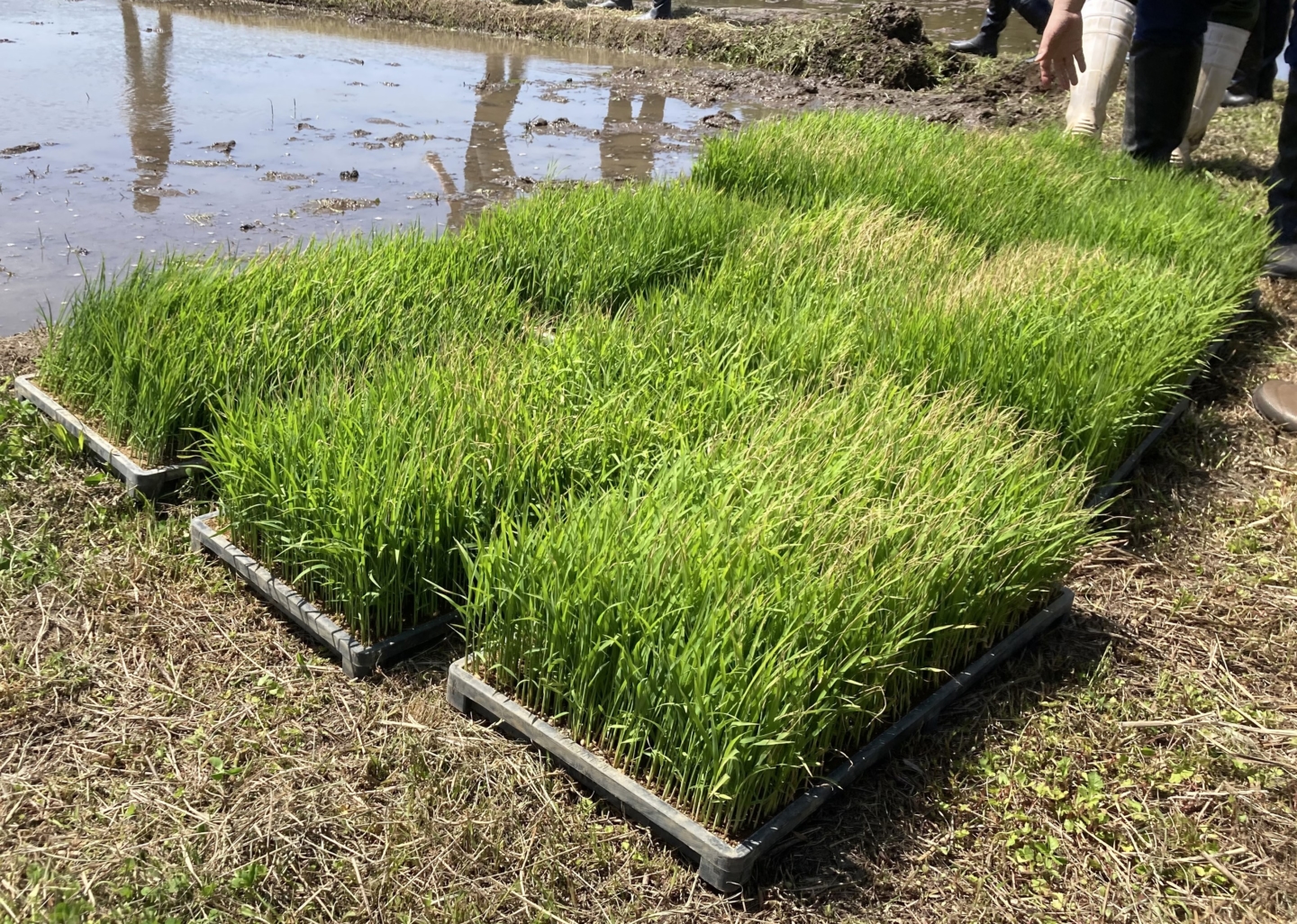
The Mangetsumochi variety is known for its rich flavor and glutinous texture when made into mochi. In pursuit of the best glutinous rice for their Daifuku, Eitaro Sohonpo prioritized both taste and food safety, finally arriving at Mangetsu mochi.
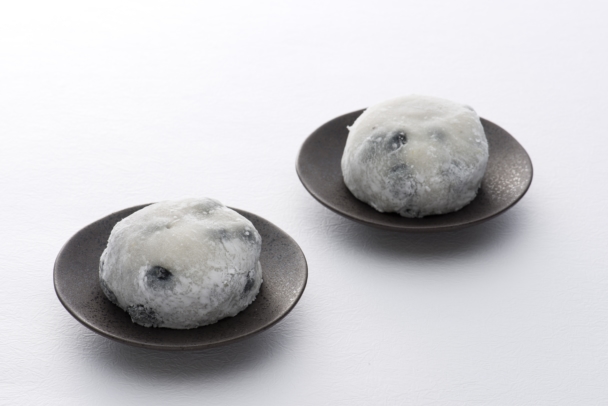
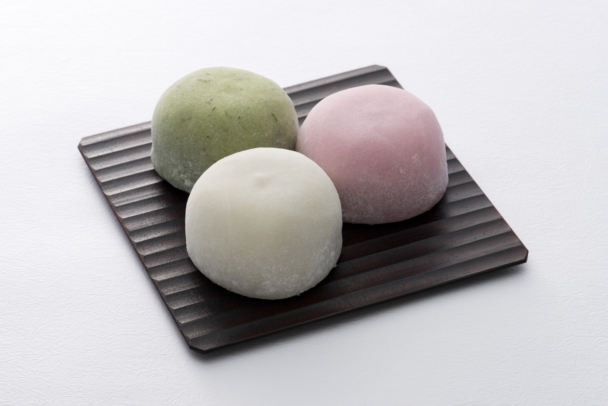
During the planting of the rice in May, over 18,000 Mangetsumochi seedlings were carefully planted by hand under the meticulous guidance of the farmers. Although most glutinous rice is sourced from contracted farmers, with the employees’ contribution comprising less than 1% of the total purchased, the act of planting seedlings alongside farmers and being involved in the cultivation of the rice used in their Daifuku is a source of great joy. Participation in the agricultural work at the heart of the final confections serves as a valuable outdoor learning experience for Eitaro Sohonpo’s employees.

From new employees to veterans, salespeople to artisans crafting the confections themselves, all join in with the muddy work regardless of position or department—some so much so that they participate every year. Even those handling mainly desk work or sales gain firsthand experience of the challenges faced by farmers in consistently producing quality ingredients, thereby deepening their attachment to the company’s confectioneries.
With the gold of autumn and harvest season in sight, the prospect of Eitaro Sohonpo’s confectioneries, made from the year’s new rice, soon to be lining store shelves is a true delight.
*Prices as of time of writing


